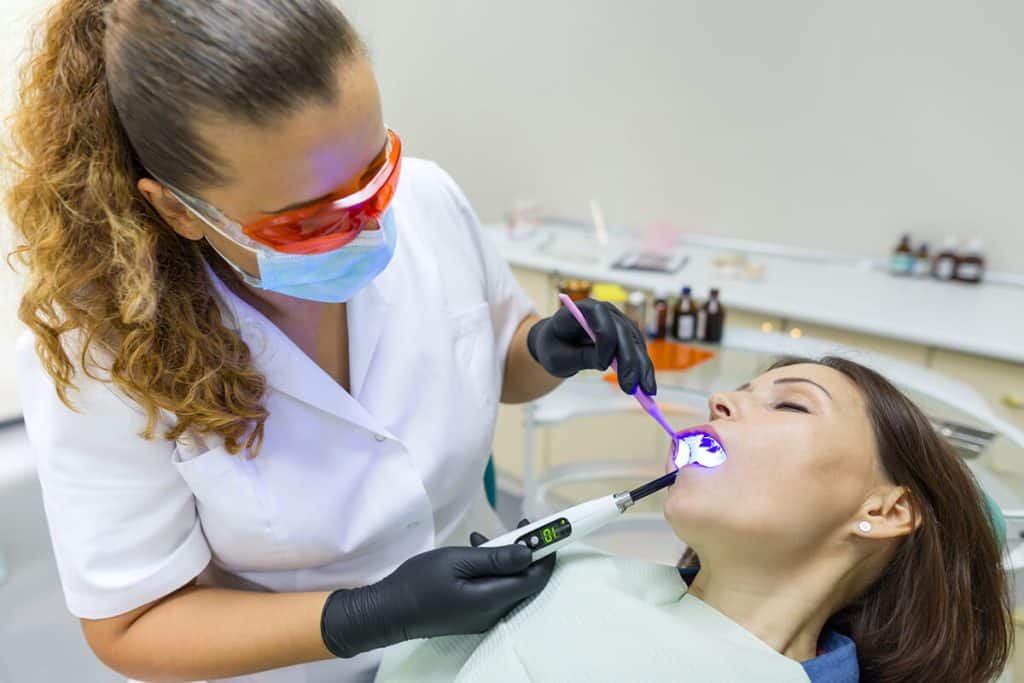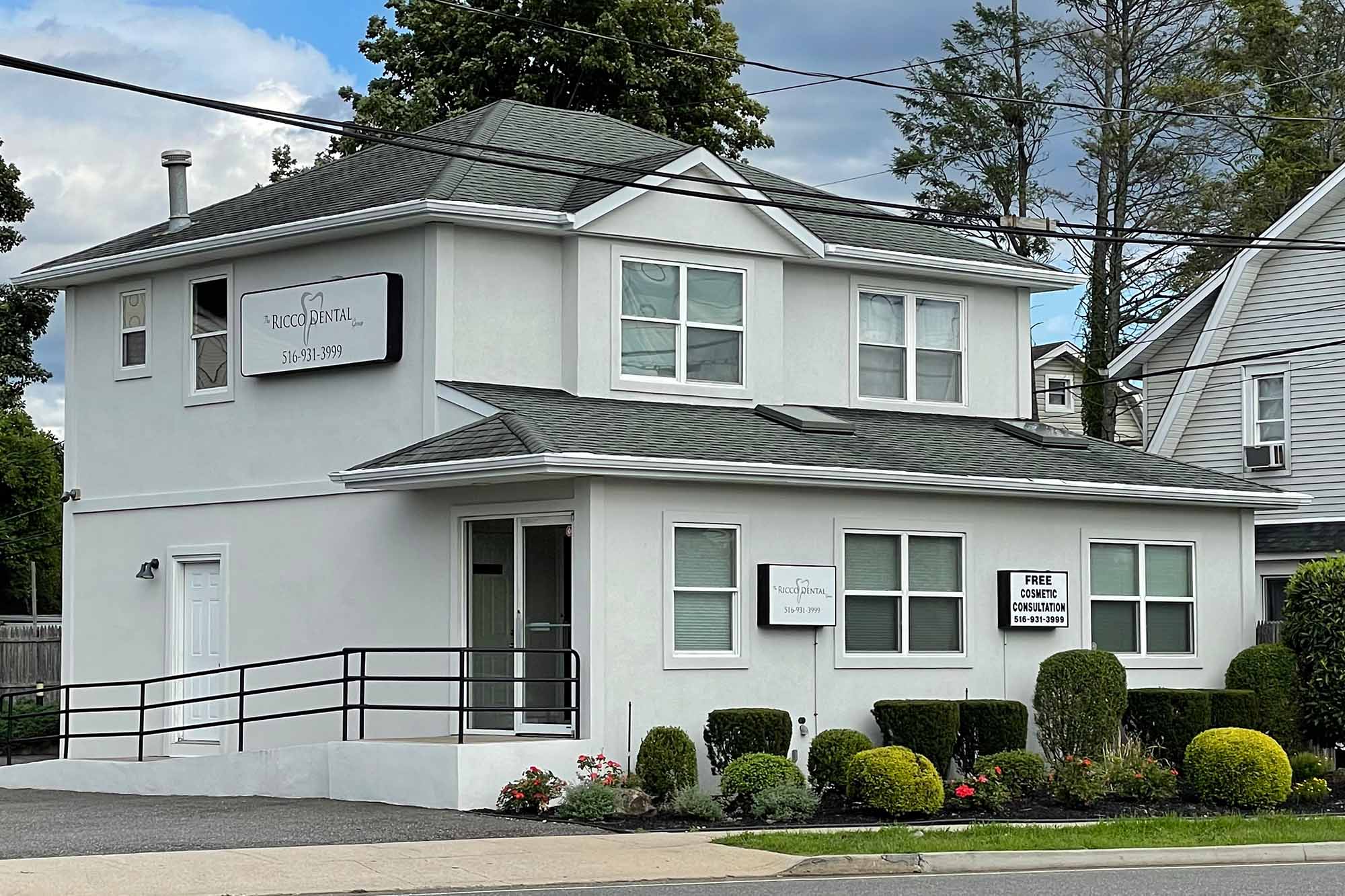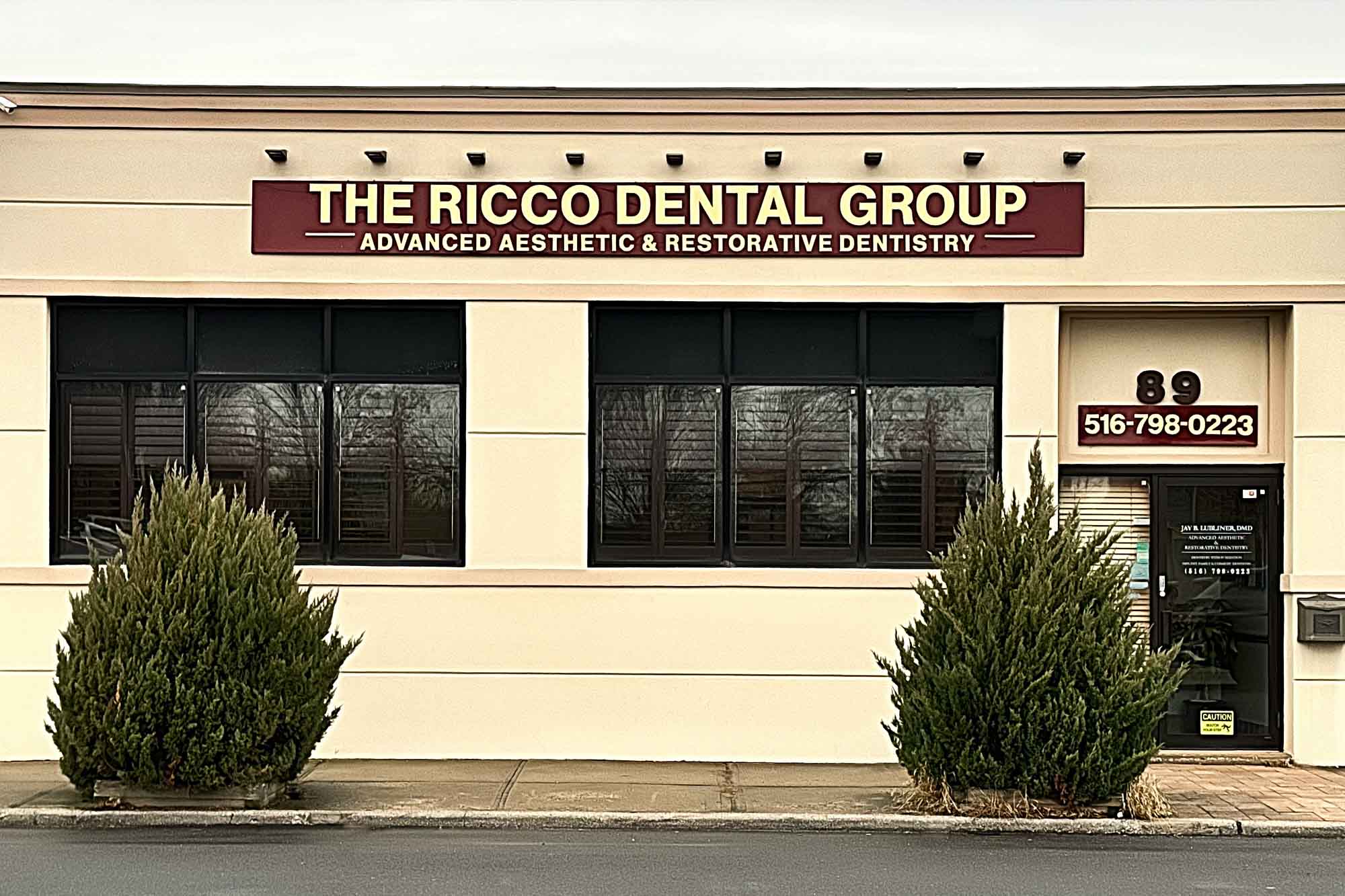How Does Sedation Dentistry Work?

Dental anxiety is a real concern for many people, and it can cause them to avoid necessary dental treatments. Fortunately, sedation dentistry has emerged as a solution for those who struggle with dental fear.
Sedation dentistry involves using medication to help patients relax during dental procedures. In this guide, we'll dive into the different types of sedation dentistry and how they work. We'll explore the benefits of sedation dentistry, who can benefit from it, and what to expect during and after the procedure.
Whether you've been avoiding the dentist due to anxiety or just curious about sedation dentistry, this article will provide you with the information you need to make an informed decision about this game-changing treatment.
Types of Sedation Dentistry
There are several types of sedation dentistry available, from mild to deep sedation. The type of sedation used will depend on the patient's level of anxiety and the complexity of the dental procedure. Here are the common types of sedation dentistry:
Nitrous Oxide Sedation
Also known as "laughing gas," nitrous oxide sedation is a mild form of sedation. The patient inhales nitrous oxide mixed with oxygen through a mask over their nose. The gas helps the patient relax, and the effects wear off quickly once the mask is removed. Nitrous oxide sedation is safe, and patients can drive themselves home after the procedure.
Oral Sedation
Oral sedation involves taking a pill before the dental procedure. The pill can range from a mild to moderate sedative, depending on the patient's needs. The effects of oral sedation last longer than nitrous oxide sedation, and patients may feel drowsy for a few hours after the procedure. Patients will need someone to drive them home after the procedure.
IV Sedation
Intravenous (IV) sedation is a moderate to deep form of sedation. The sedative is delivered through a vein, and the patient will be in a state of deep relaxation. Patients will need someone to drive them home after the procedure.
General Anesthesia
General anesthesia is the deepest form of sedation and is typically reserved for complex dental procedures or patients with severe anxiety. The patient will be completely unconscious during the procedure. Patients will need someone to drive them home after the procedure.
The Benefits of Sedation Dentistry
Sedation dentistry offers several benefits, including:
Reduced Anxiety
Sedation dentistry can help patients feel relaxed and at ease during dental procedures. This can help reduce anxiety and make the experience more comfortable.
Increased Comfort
Sedation dentistry can also help reduce pain and discomfort during dental procedures. Patients will be in a state of deep relaxation and may not remember much of the procedure.
Better Dental Health
Sedation dentistry can help patients who have been avoiding dental care due to anxiety or fear. This can help prevent serious oral health problems and improve overall dental health.
Who is a Good Candidate for Sedation Dentistry?
Sedation dentistry is suitable for anyone who experiences dental anxiety. It is also beneficial for patients who:
- Have a low pain threshold
- Have sensitive teeth or gums
- Have a strong gag reflex
- Need extensive dental work
- Have a fear of needles or dental instruments
It is important to discuss any medical conditions or medications with your dentist before undergoing sedation dentistry.
The Sedation Dentistry Process
Before undergoing sedation dentistry, your dentist will review your medical history and determine which type of sedation is best for you. You will also receive instructions on preparing for the procedure, such as not eating or drinking for a certain amount of time before the procedure.
During the procedure, the sedative will be administered, and the patient will be closely monitored by the dental team. The length of the procedure will depend on the complexity of the dental work being performed.
After the procedure, the patient will be monitored until the effects of the sedative wear off. Patients will need someone to drive them home after the procedure.
Preparing for Sedation Dentistry
Before undergoing sedation dentistry, it is important to follow the instructions provided by your dentist. This may include:
- Not eating or drinking for a certain amount of time before the procedure
- Arranging for someone to drive you home after the procedure
- Wearing comfortable clothing
- Informing your dentist of any medications or medical conditions
What to Expect During and After Sedation Dentistry
During sedation dentistry, patients will be in a state of deep relaxation and may not remember much of the procedure. After the procedure, patients may feel drowsy for several hours and should avoid driving or operating heavy machinery.
Patients may also experience side effects such as nausea, dizziness, or a headache. These side effects are typically mild and will go away on their own.
Massapequa Sedation Dentistry
Sedation dentistry is a game-changing treatment for patients who struggle with dental anxiety. There are several types of sedation available, each with its own benefits and risks.
It is important to discuss any medical conditions or medications with your dentist before undergoing sedation dentistry. To learn more about our sedation dentistry services, contact us at 516-798-0223.




